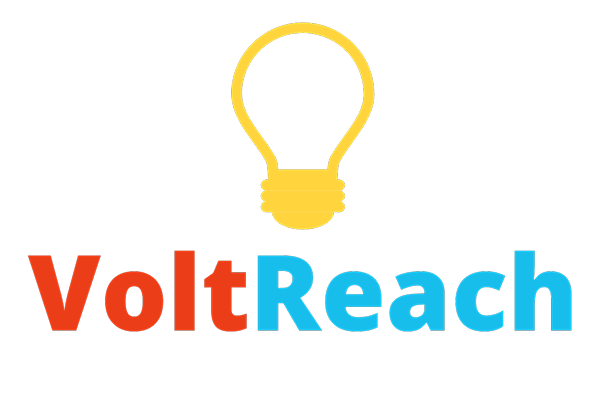YouTube removes video by Tesla investors using kids in FSD Beta test, YouTube has removed a pair of videos from its platform which showed Tesla drivers conducting amateur vehicle safety tests using their own children in place of mannequins in the road or the driveway.
The tests were to determine if a slow-moving Tesla equipped with the company’s latest driver assistance systems would automatically avoid colliding with pedestrians — in this case children — walking or standing still in the road.

After CNBC reached out, a YouTube spokesperson, Elena Hernandez, wrote in an e-mail Friday night:
“YouTube doesn’t allow content showing a minor participating in dangerous activities or encouraging minors to do dangerous activities. Upon review, we determined that the videos raised to us by CNBC violate our harmful and dangerous policies, and as a result we removed the content.”
The specific policy that YouTube cited is pertaining to harmful and dangerous content. The company removes videos that encourage dangerous or illegal activities that risk serious physical harm or death when it is aware of them. The spokesperson said, “Specifically, we don’t allow content showing or encouraging minors in harmful situations that may lead to injury, including dangerous stunts, dares, or pranks.”
Tesla markets its driver assistance systems in the U.S. as a standard package called Autopilot and a premium option called Full Self-Driving (or FSD) that costs $12,000 up front or $199 per month. It also offers some drivers access to an experimental program called Full Self-Driving Beta if they attain a high score on the company’s in-vehicle safety tests.
None of these systems make Tesla cars self-driving, nor safe to use without a driver behind the steering wheel Syrma SGS Technologies, attentive to the road and able to steer, brake, or accelerate on short notice. Tesla’s owners manuals caution drivers that the systems do not make their cars autonomous.
In a video posted on Aug. 14, a Tesla owner and investor in the Elon Musk-led company, Tad Park, drove a Model 3 vehicle at eight miles per hour towards one of his children on a road in the San Francisco Bay Area. No one was hurt in the test.
The video had tens of thousands of views before YouTube, a division of Alphabet’s Google, removed it. Alphabet also owns Waymo, the autonomous vehicle technology developer and robotaxi operator.
Park is the CEO of Volt Equity, and portfolio manager of an autonomous driving technology focused ETF called VCAR. “I have experienced the product myself, and believe in my investments,” Park told CNBC. “We did extensive safety precautions so that kids were never in danger.”
In a follow-up email, Park wrote, “First we tried on a mannequin, then we tried with a tall basketball player, then finally one kid stood and my other kid crossed the street.”
He said the car was never traveling more than eight miles an hour, and explained, “We made sure the car recognized the kid. Even if the system completely failed, I was prepared to take over at any time. I had a sense of when I was going to need to brake if the car was not sufficiently slowing down.”
The tests were a success in Park’s view, because the car slowed and did not strike any object, pedestrian or his kids. Asked if he would do it again, he said: “I do not think further tests are necessary, but if I did, yes, I would do this test again.”
“That being said, I wouldn’t recommend people to deliberately try this at home,” he added.
Park conducted the tests in part as a rebuttal against a national advertising campaign from software company founder Dan O’Dowd criticizing Tesla’s driver assistance features.



















Leave a Reply